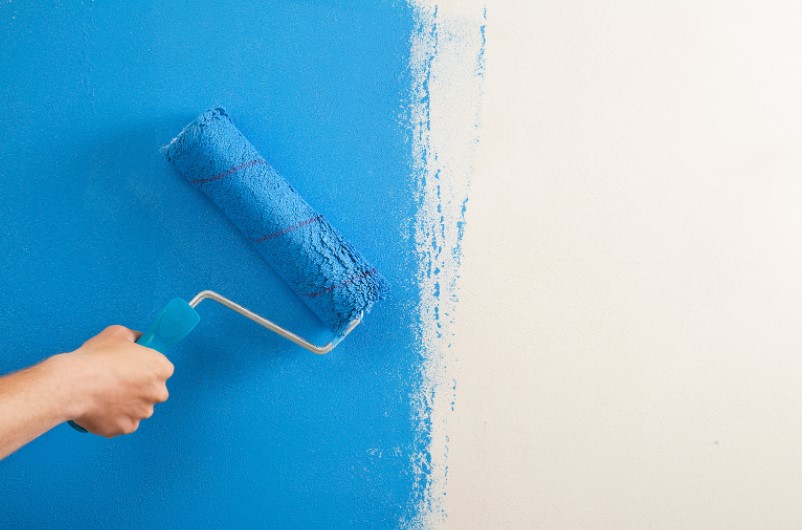A painter specializes in painting and decorating different things such as buildings, ceilings, woodwork, and furniture. Some attributes can be defined as part of this profession, such as accuracy, responsibility, and planning.
A painter is also responsible for mixing paints correctly, applying them to surfaces evenly, and removing paint spills or stains from various surfaces.
In addition to servicing residential and commercial customers, a painter has a range of roles in the building or related industries such as:
1. Preparing surfaces
Surface preparation is the essential step in painting. A surface has to be cleaned well before being painted, so you have to sand down surfaces if necessary and remove any rust or flaking paint with a sandblaster or heat gun.
2. Preparing for finishing touches
At the end of the painting job, some touch-ups may need to be done, such as ceiling cracks or nail holes that might need to be filled with putty.
3. Painting exteriors or interiors
Painting is one of the most common contracting services residential and commercial painters provide for homes and businesses alike. The jobs involved can vary depending on whether it is an interior painting project or an exterior painting project.
4. Painting equipment
Painters will need to maintain equipment that is often in use, such as sprayers or rollers, and keep it in good condition by replacing worn parts when necessary.
5. Removing tools and supplies at the end of a job
At the end of a particular paint job, painters need to clean up and take away the equipment they’ve used and remove any leftover paint.
6. Painting fences, mailboxes, decks, or other exterior structures
Fences and similar structures will often need a fresh coat of paint to keep them looking new.
7. Painting vehicles
Even vehicles such as cars and boats might need a fresh coat of paint from time to time – some mobile residential painters specialize in painting vehicles for people
Being a painter is physically demanding and can be hazardous in some situations. For example, some painted surfaces might require the worker to work at great heights or on scaffolding. Also, workers generally use chemicals such as solvents, thinners, and adhesives, so appropriate measures must be taken to ensure worker safety.
A painter is also responsible for what they do with the materials used in the painting process. When a painter finishes his job, he must ensure that all leftover paint will not harm anyone or anything when thrown away. A painter must be aware of what kind of paint he is working with and if it can cause damage to people or the environment.
It is advisable to engage a reputable company such as Residential Painting Company. They are highly knowledgeable concerning painting techniques, products, and tools.
Conclusion
A painter’s primary responsibility is to provide customers with excellent work to help protect and enhance the surface on which paint was applied. They are also responsible for the safety of everyone around them and protecting the environment from harmful paint wastes such as solvents, thinners, adhesives, and other products if applicable.

